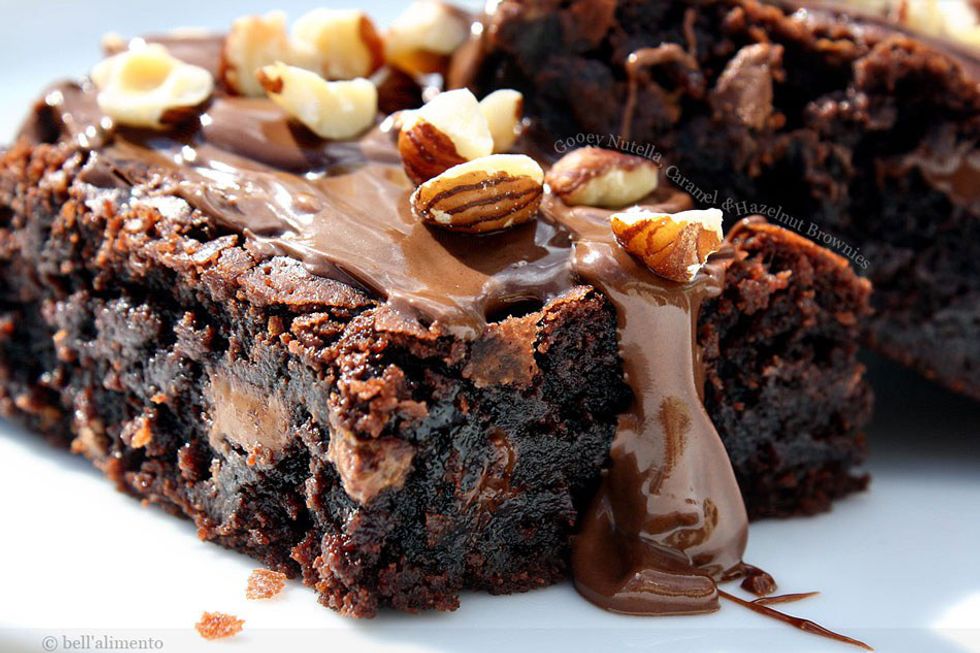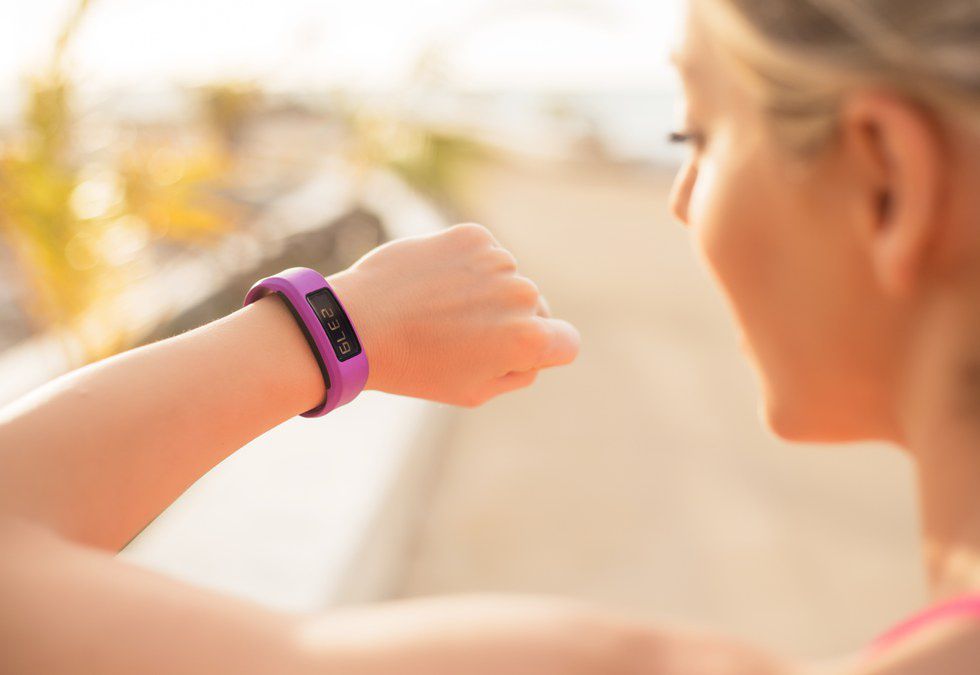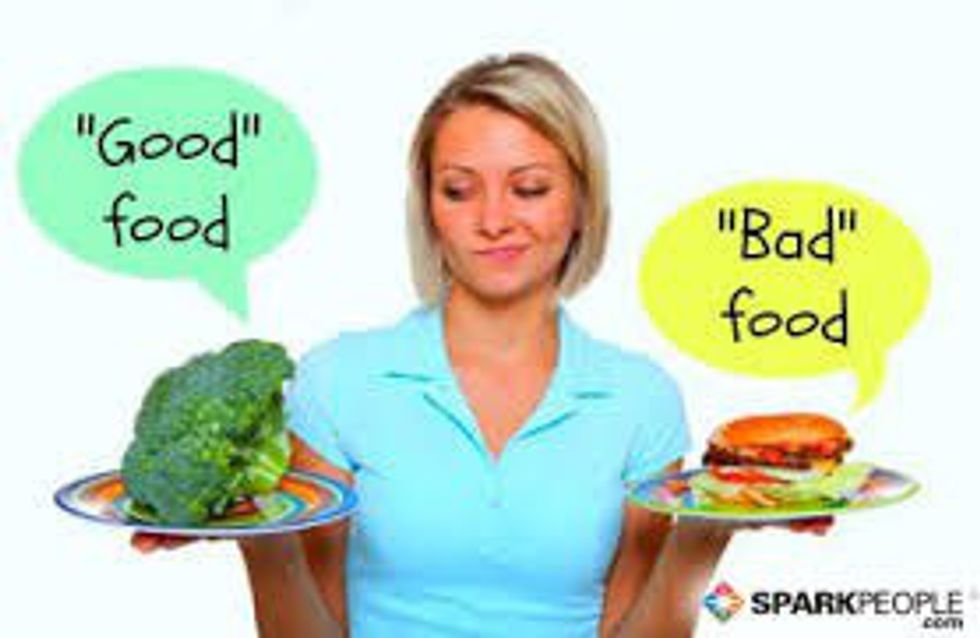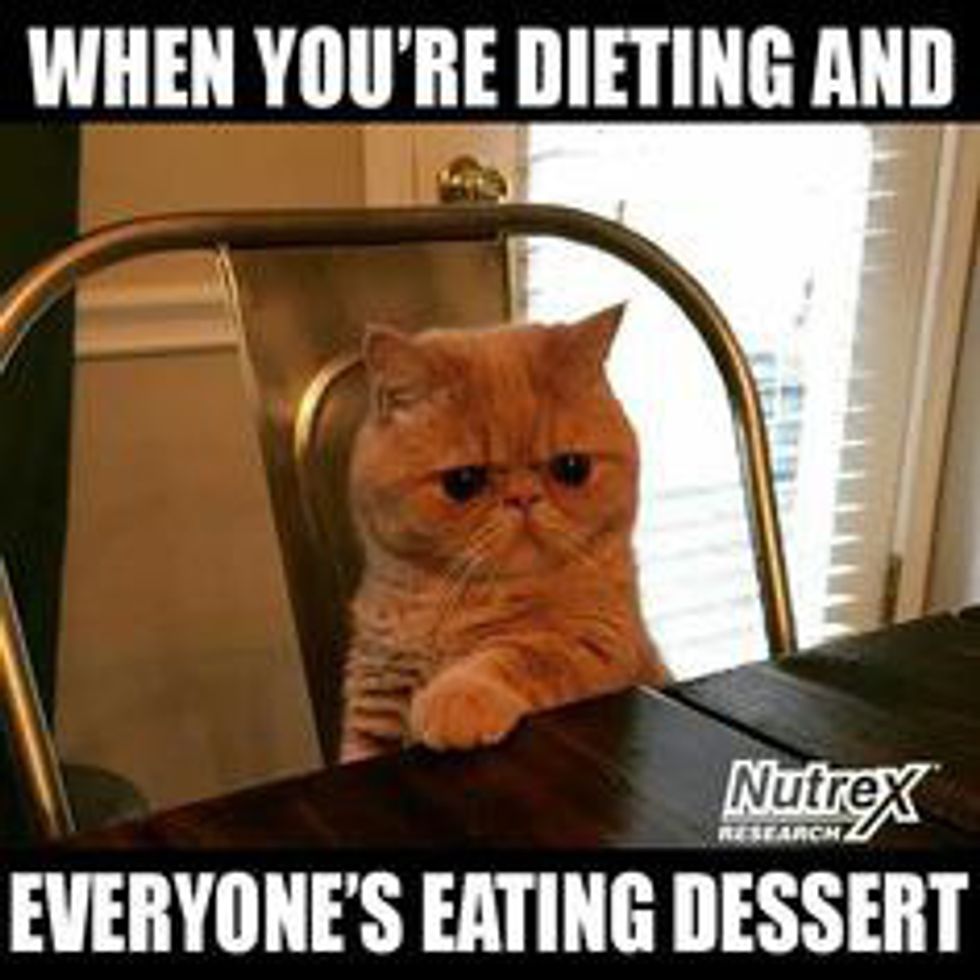Who isn’t trying to lose weight these days? I can’t even listen to a freaking country song without hearing an ad for a new weight loss program or magic diet pill. With social media consuming our lives and with information as quick as a click and as reliable as a teenage boy, we have fallen into some dieting holes that only seem to get deeper as wrong information circulates on such a wide scale. Amidst the obsessions and fads that have proven unsuccessful, some, unfortunately, have stuck. See if you’re making these mistakes.
Looking at Pictures of Food
Who doesn’t love those “Tastey” videos on Facebook? Let’s be real— with all the political jargon going back and forth on that site, food porn is the only thing getting us on Facebook in the first place. But those images have a dark side; take it from the girl who spent hours looking at Pinterest recipes with her roommate—it makes you hungry! Whether it’s a fifteen-second video of a recipe you’re never going to try, or close-up footage of a Nutella brownie stuffed with chocolate-chip cookie crumbles, it only makes you crave sweet/savory foods more. Images, smells, and anything else that stimulates one of the five senses ignite hedonic hunger, which is hunger that comes about when the body doesn’t physically need food. It’s inevitable to salivate when a friend talks about the burrito he devoured during his lunch break, or when walking down the cookie aisle in Shoprite, but why bring on cravings for food when they aren’t there? Staring at foods one “can’t have” will only make the individual crave it even more, and likely overindulge later on.
Counting Steps
Every time we turn around, there is another fitness tracking app out there. Whether it’s linked to a smartphone, attached to a sneaker, or worn on the wrist, there always seem to be a new way to track activity. Although these devices were marketed and distributed with the intension to get people moving, the Fitbit-craze has actually done the opposite in two ways.
The first way that step tracking has reverse effects is its emphasis on a goal. People often set a goal on their devices, for example, 10,000 steps per day is the standard goal that Fitbit creates. While the intensive seems to motivate people to get that amount of steps, people often think that they don’t need to do any more movement once they reach that goal. For example, a woman may not exercise as planned once she sees that she took X number of steps already, while a woman who is not counting steps will workout even if she moved just as much during the day.
Also, step tracking counts regular every-day tasks as exercise, which again gives people just the excuse they need to get of formal exercise. While one who is constantly moving during the day does burn a lot of calories, the physical and cardiovascular effects normally do not compare to running, lifting weights, plyometric exercises, etc.
Labeling Foods as “Good” or “Bad”
Doctor Atkins ruined us in 1972, when he deemed all carbs "bad." This labeling against wheats, rice, and grain sparked a wave of low carb and ketogenic diets, but also caused society that seems to be obsessed with bread and pasta. Years ago, when our parents told us we can’t eat candy before dinner, what did we want even more violently than ever? You guessed it. Often we find that “good” foods, like boiled chicken and broccoli, lack flavor or excitement, and that “bad” foods, like fries and desserts, open a door into the abyss of adventure and fun. I may be the only American who doesn’t like bacon, but nonetheless, whenever I am trying to reduce my sodium a bit, I crave it. I probably eat red meat once a month, if that; I genuinely don’t prefer it, but on Fridays during lent, all I want is a thick piece of steak. There is something true and dangerous about wanting things we can’t have, and it is especially prevalent in dieting. The reason why diets like Weight Watchers and the more recently established, “If It Fits Your Macros” work so well for people is because they do not restrict any particular foods or food groups.
Eating Only “Diet Foods”
So often, people pinch their noses and swallow steamed brussel sprouts and boiled chicken in a desperate attempt to lose a couple pounds. While a diet like that will definitely spark some intense results, it will likely make you miserable. Let’s face it—we eat all the time. We eat three meals a day, snacks, desserts, at parties, and any event that wants to attract attention does so pretty easily with free food. It is unrealistic for the longevity of the diet and for your own sanity to restrict yourself to diet foods." A major downfall of dieting is that people are either “on a diet or off a diet,” as Dr. Michelle May coins it. This “all of nothing” mentality keeps people from incorporating their diets into their everyday lives, and instead creates deprivation, cravings, and resentment. How can you stay on a diet if you’re miserable?
And the reality of it is that "diet" snacks like Special K and rice cakes are only "diet" because of strategic marketing. Special K has almost just as much sugar as cereals labeled as "junk," and there are plenty of light breads that have comparable calories to rice cakes.
I often say that there is no “wrong” way to exercise; if you hate running and love yoga—do yoga. If you love running and hate lifting weights—run! Whatever keeps you active and excited about movement is what is going to keep you fit. The same concept goes with eating. If you hate broccoli—don’t eat broccoli! If a serving of ice cream is a treat you look forward to every night—then eat your ice cream! Obviously you can’t eat whatever you want whenever you want if you’re trying to lose weight, but keeping your options palatable and balanced is key to staying on track.
There’s a saying, “Salad is good for your body. Chocolate is good for you’re soul,” and it just as important to feed that part of yourself, in moderation, as it is to fuel your body.















































